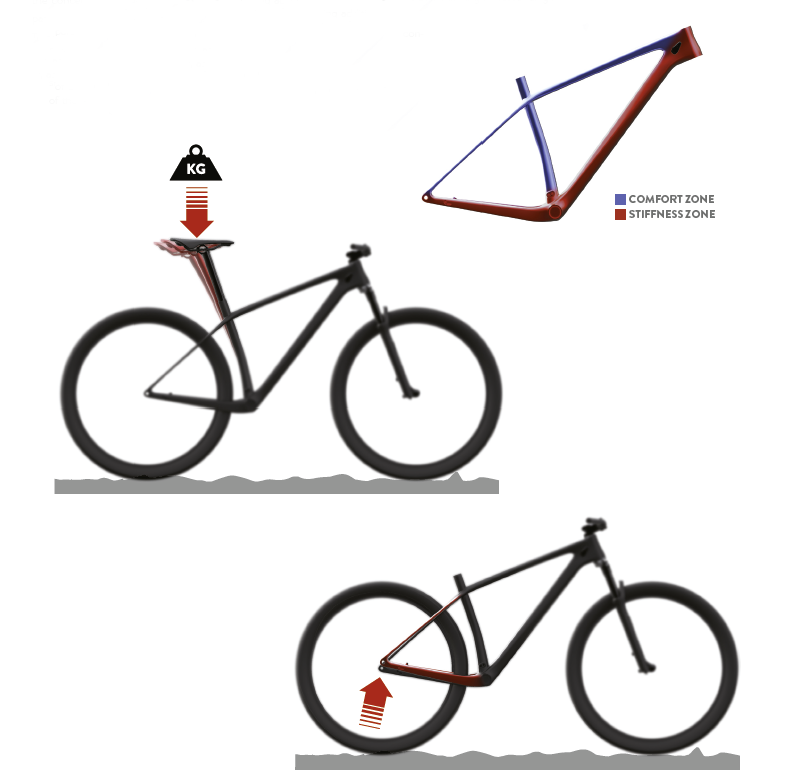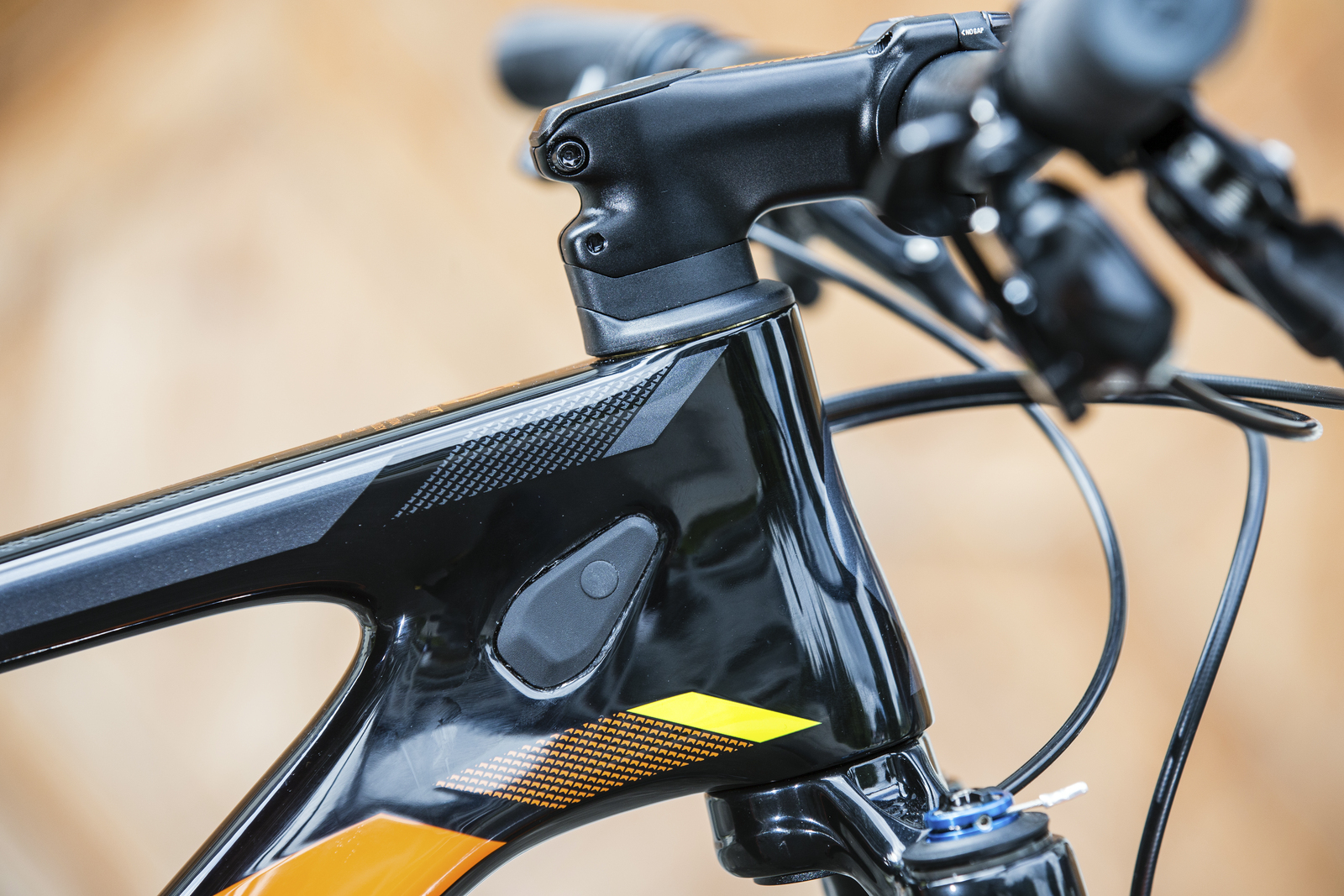Less is definitely more where Scott's racing hardtails are concerned.
Need to know
- 49g lighter than the old Scale frame
- Rider comfort was a priority, without compromising on stiffness
- 27.5in, 29in and 27.5 Plus versions available
If you’ve already read about the revised Scott Spark, you’ll have a head start when it comes to learning about the new Scott Scale.
How’s that?
Everything learned during the Spark project was also applied to the new Scott Scale. From the design, the engineering, geometry, the lay-up of the carbon and material technology, right down to small details like the dropouts and rear brake mount. In fact, place your hand over the seat tube of the Spark, and compare it to the Scale, and you’ll see that the profile is very similar. Equally, Just like the Spark, top priorities were reducing weight and enhancing compliance, while improving handling and retaining stiffness.
So you’re saying it’s a racing hardtail that’s actually comfortable to ride?
That’s Scott’s claim, and it has some data to back that up. But before we delve into the numbers, let’s look at what the engineers have done to induce vertical compliance without compromising on lateral stiffness. Just as they did with the Spark, they split the frame into the stiffness backbone (head tube/downtube/BB/chainstay) from the comfort zone (top tube/seat tube/seatstay) and optimised both areas to suit their required tasks. Much of this was done with advanced FEA (Finite Element Analysis) software, which allowed the engineers to work out a benchmark structure, tube profiles and carbon lay-up before moving on to actual prototyping. They worked on two scenarios; seated comfort – generated by the seat tube and seatstays – and standing comfort – delivered by the seatstays and chainstays. By careful use of different fibres, with differing properties, and varying lay-ups, and the use of flex initiation points (such as the bends in the seat tube and seatstays) they’ve ended up with a frame that is claimed to flex 6mm at the seat tube and 2.5mm at the dropout (when landing off a drop, for instance).
Didn’t Scott’s last Scale weigh 899g? 49g doesn’t sound like a big saving really?
In a way it’s not, but remember modern features, such as Boost, add grams, and every tiny weight loss becomes harder and harder to achieve as the frame gets lighter.
As such, the engineers really had to sweat the details to shave those grams. At the head tube, the bearings sit directly on the carbon, saving the weight of the last Scale’s pressed-in aluminium cups. Because the frame doesn’t have to resist the forces of the cups being pressed in, fewer carbon layers are needed. Result: -24g.
A new rear brake mount, secured by the thru-axle and a single bolt to the chainstay simplifies the frame and doesn’t inhibit the flex. This is complemented by the new dropouts, which are now sandwiched by a carbon clevis. Result: -65g.
Does it handle like a nervous, racing thoroughbred?
We’ve not ridden it yet, but the numbers suggest it should actually be a pretty versatile machine, especially on the 27.5 Plus versions, which get 66.5º head angles with a 120mm fork The BB height is reasonable, too, at 310mm and the reach numbers are 412mm on the medium, 435mm on the large and 457 on the extra-large.
Three wheel sizes, two frame materials – come on then, how many models are there in the range?
The new Scale range consists of 25 models, going from the ultralight carbon RC 700 (27in) and 900 (29in) SL to the trail-orientated 730 Plus with its custom butted alloy frame. Keep an eye out for prices – we’ll update you when we have them.









